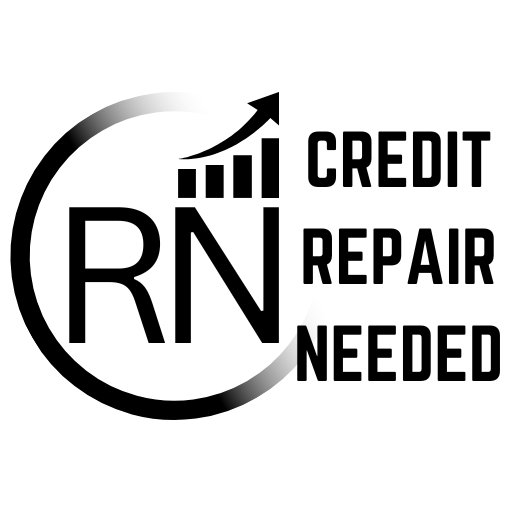Credit Utilization: Calculate ratio
Credit Utilization Calculator
Understanding the Credit Utilization Calculator
Introduction
Calculate Your Credit Utilization Ratio
Debt management refers to the strategies and practices used to control and reduce debt. It involves a systematic approach to paying off existing debts and managing ongoing financial obligations. The goal of debt management is to reduce the total amount of debt, lower interest payments, and ultimately achieve financial stability and freedom.
Credit Utilization Calculator
Understanding Credit Utilization
What is Credit Utilization?
Credit utilization refers to the ratio of a person’s credit card balances to their credit card limits. It is a key factor in credit scoring models, typically accounting for about 30% of a credit score. Therefore maintaining a healthy credit utilization rate is essential for achieving and maintaining a good credit score.
Why is Credit Utilization Important?
Credit utilization is a significant factor because it helps lenders assess how responsibly you manage your available credit. A high credit utilization rate can indicate that you are over-reliant on credit, which may suggest financial distress. Conversely, a low credit utilization rate demonstrates that you use credit responsibly and are less risky to lenders.
How to Calculate Credit Utilization
- Sum Your Total Credit Card Limits: Add up the credit limits of all your credit cards.
- Sum Your Total Current Balances: Add up the balances on all your credit cards.
- Calculate the Ratio: Divide the total balances by the total credit limits and multiply by 100 to get the percentage.
Impact on Credit Scores
- 0-10%: Excellent – This is the ideal range for your credit utilization. It can significantly boost your credit score.
- 11-30%: Good – Your credit utilization is still in a healthy range. It’s unlikely to negatively impact your score.
- 31-50%: Fair – This level may start to negatively impact your credit score. Consider paying down some balances.
- 51-75%: Poor – This level of utilization is likely having a noticeable negative impact on your credit score.
- 76%+: Very Poor – High utilization at this level can severely damage your credit score.
Tips for Managing Credit Utilization
- Pay Down Balances: If possible, pay more than the minimum payment each month to reduce your overall balance.
- Keep Balances Low: Try to keep your credit card balances below 30% of your limits, and ideally below 10%.
- Request Credit Limit Increases: If you have a good payment history, consider asking for a credit limit increase. Be cautious, as this may result in a hard inquiry on your credit report.
- Don’t Close Unused Cards: Keeping old or unused credit cards open (as long as they don’t have annual fees) can help your credit utilization by maintaining a higher total credit limit.
- Use Multiple Cards Wisely: Spread your spending across multiple cards to keep individual card utilization low, but be careful not to overspend.
Remember, maintaining a low credit utilization ratio is one of the most effective ways to improve and maintain a good credit score. Regularly monitor your credit card balances and try to pay them down as much as possible.
